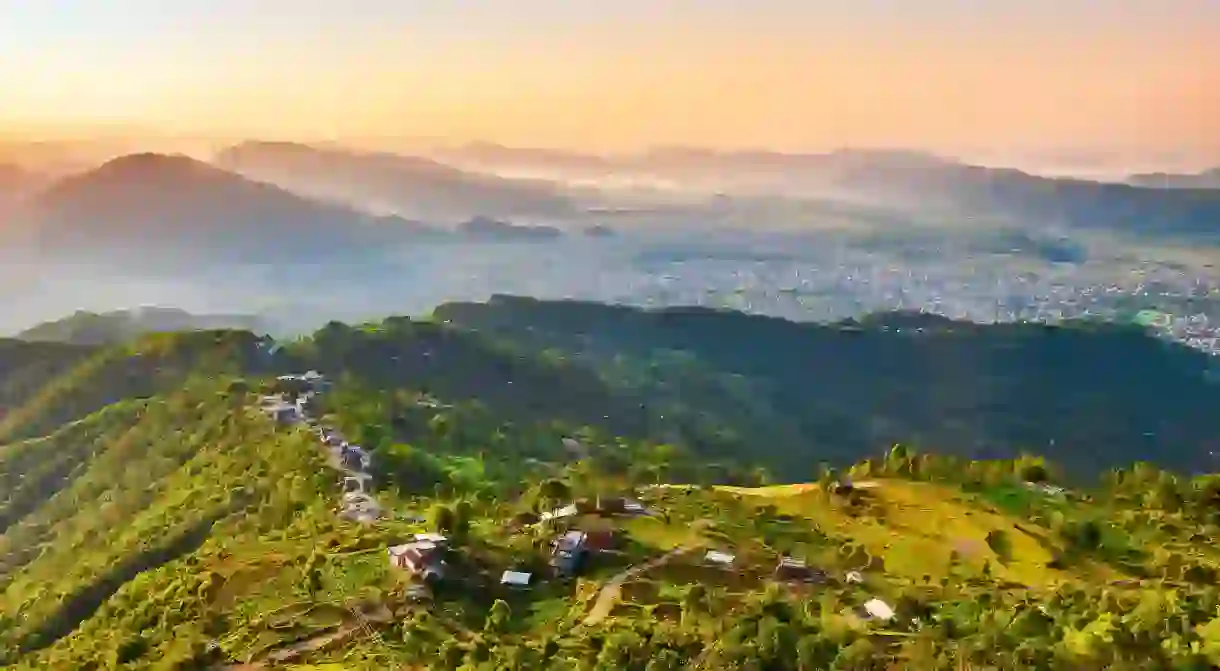Hiking Nepal: Everything You Need to Know

Nepal is one of the world’s great hiking and trekking destinations. Everest Base Camp, the Annapurna Circuit and the Kathmandu Valley are all places that conjure up images of snow-capped mountain peaks, teahouse treks and challenging multi-day hikes. But with eight of the world’s tallest mountains over 8000m (26,246ft) in height, Nepal isn’t a destination you can hike in one trip. This is a destination that will keep you coming back to – as you discover hidden valleys, as new hiking routes are opened up and as your trekking experience improves year on year. Planning a hiking trip to Nepal? Find out everything you need to know here with Culture Trip.
Got the bug for exploration? Join Culture Trip on our epic 11-day adventure in Nepal. Led by our Local Insider, you’ll discover Kathmandu on a rickshaw tour, trek between Sarangkot and Naudanda and go wild camping and white-water rafting along the Seti River.
Most Famous Places to Hike in Nepal
The list of famous hikes in Nepal is an adventure traveller’s bucket list. The top of that list is the multi-day trek to Everest Base Camp, which is the closest most hikers get to the summit of the world’s tallest mountain – without launching an expedition to the top. The EBC Trek is a two-week round trip that reaches an altitude of 5,364m (17,598ft). Assisted by local Sherpas, you’ll follow in the literal footsteps of iconic mountaineers like Tenzig and Hillary.
Everest is the most famous mountain in Nepal, but the most popular trekking route is the Annapurna Circuit. This is classic teahouse trekking at its best – you’ll spend 10-14 days hiking from one village or guesthouse to the next, with mountain scenery along the way. The highest point in the Annapurna Circuit is the Thorung La Pass, which reaches an altitude of 5,416m (17,769ft) – higher than Everest Base Camp.
Other popular routes include shorter, lower altitude treks through the accessible Kathmandu Valley – or the tough seven-day hike through the Langtang Valley that leads to the Tibetan border. Then there’s a one-day hike to the top of Poon Hill, a multi-day trek through the Upper Mustang Valley and countless other routes and hikes.

What to Expect on a Hike Between Sarangkot and Naudanda in Nepal
The Nepali city of Pokhara is best known for being the gateway to the Annapurna Circuit. If you’re looking to escape the crowds, then Pokhara is also the starting point for an accessible hiking route that takes you to the small villages of Sarangkot and Naudanda.
Sarangkot and Naudanda are small communities located in the hills to the west of Pokhara. These hilltop villages are known for offering some of the finest views of the Annapurna Mountains, excellent hiking and if you’re game, paragliding opportunities.
Sarangkot hilltop can be seen from Pokhara, which is just 10km (6.2mi) away from the city. Many travellers will take transport through the suburbs to the base of the hill, before hiking to the top in around two hours. From Sarangkot, it’s around 30km (18.6mi) to Naudanda. If you’re fit and used to hillwalking you could do the whole hike in one day, but most people choose to break it up with at least one overnight stay in a teahouse en-route. There are lots of accommodation options in both Sarangkot and Naudanda, where you can start and end the short trek with spectacular mountain views.
This hike doesn’t reach anywhere near as high altitude as the Annapurna Circuit does, ideal if you’re not used to trekking at altitude or need to acclimatise before heading higher up. Pokhara sits at an altitude of around 800m (2,624ft), but there will be a steady climb upwards towards Sarangkot which sits at around 1,600m (5,249ft) in height. Naudanda is around 1,400m (4,593ft) – with ups and downs in between on the route through the hills from Sarangkot.
How to Prepare for Hiking in Nepal
Being well prepared will help you to make the most of your next trekking holiday in Nepal. It all starts with the planning – and you’ll need to pick a trekking route that will suit your level of fitness and your trekking experience. If you’ve never completed a multi-day trek before, then start with shorter hikes around Pokhara or the Kathmandu Valley. If you’ve never been to a high altitude before, be sure to leave enough time to acclimatise.
To enjoy the trek itself, make sure you do some training before travelling to Nepal. This is tough, mountainous terrain, so start practising and improving your fitness at home. You’ll need the right gear – including comfortable walking shoes, rain gear, cold weather gear and a suitable backpack.
And always check the weather. The best trekking season in Nepal is September to November, but there are different opportunities and routes to try all through the year.













